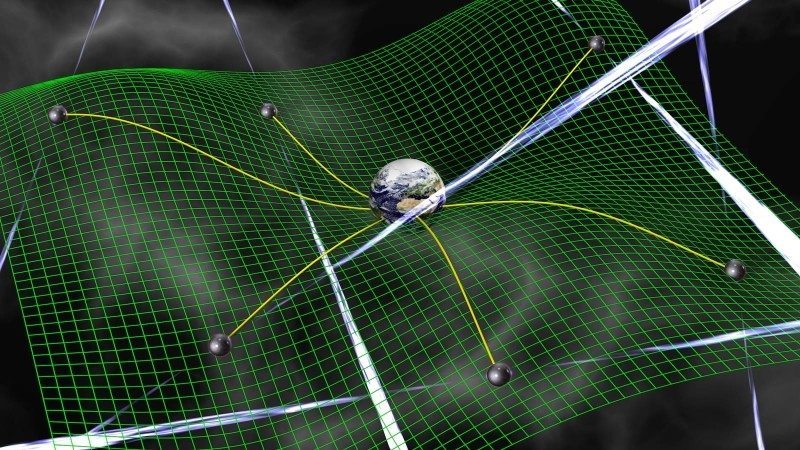NANOGrav Astronomers Use Pulsars to Spot Gravitational Waves
Alexander Neil / 9 years ago

Earlier this month, the discovery of the gravitational waves shook the scientific community as it confirmed one of Einstein’s theories that it took us a century to develop the technology to prove. Now a team of astronomers known as NANOGrav believe that we can more easily track the effects of these gravitational waves rippling across the Earth using stable pulsar signals. Stephen Taylor from NASA’s Jet Propulsion Laboratory believes that “Detecting this signal is possible if we are able to monitor a sufficiently large number of pulsars spread across the sky,” and that “The smoking gun will be seeing the same pattern of deviations in all of them.”
A pulsar is a spinning, highly magnetized neutron star, a remnant left behind after stars go supernova. Some of these neutron stars spin incredibly fast, performing as many as thousands of rotations per second, which send a signal out on each rotation, which can be picked up on Earth. As a result, millisecond pulsars have a predictable arrival time on their signals, with NANOGrav’s instruments able to measure them as precisely as to within a ten-millionth of a second according to NANOGrav’s Maura McLaughlin. “Because of that, we can use them to detect incredibly small shifts in Earth’s position.”
Right now the team is already monitoring 54 pulsars, most of which are in the northern hemisphere of the planet. This has caused NANOGrav to reach out to teams in Australia and around the globe “in order to get the all-sky coverage this search requires,” according to JPL’s Michele Vallisneri. With proper coverage, the team believes that low-frequency gravitational waves could be proven within 10 years, ahead of the 2028 eLISA space mission, which would be capable of detecting the higher frequency waves. We live in an exciting time, and who knows what the myriad efforts of scientists worldwide may discover about the universe we live in next.
Image credit to NASA



















